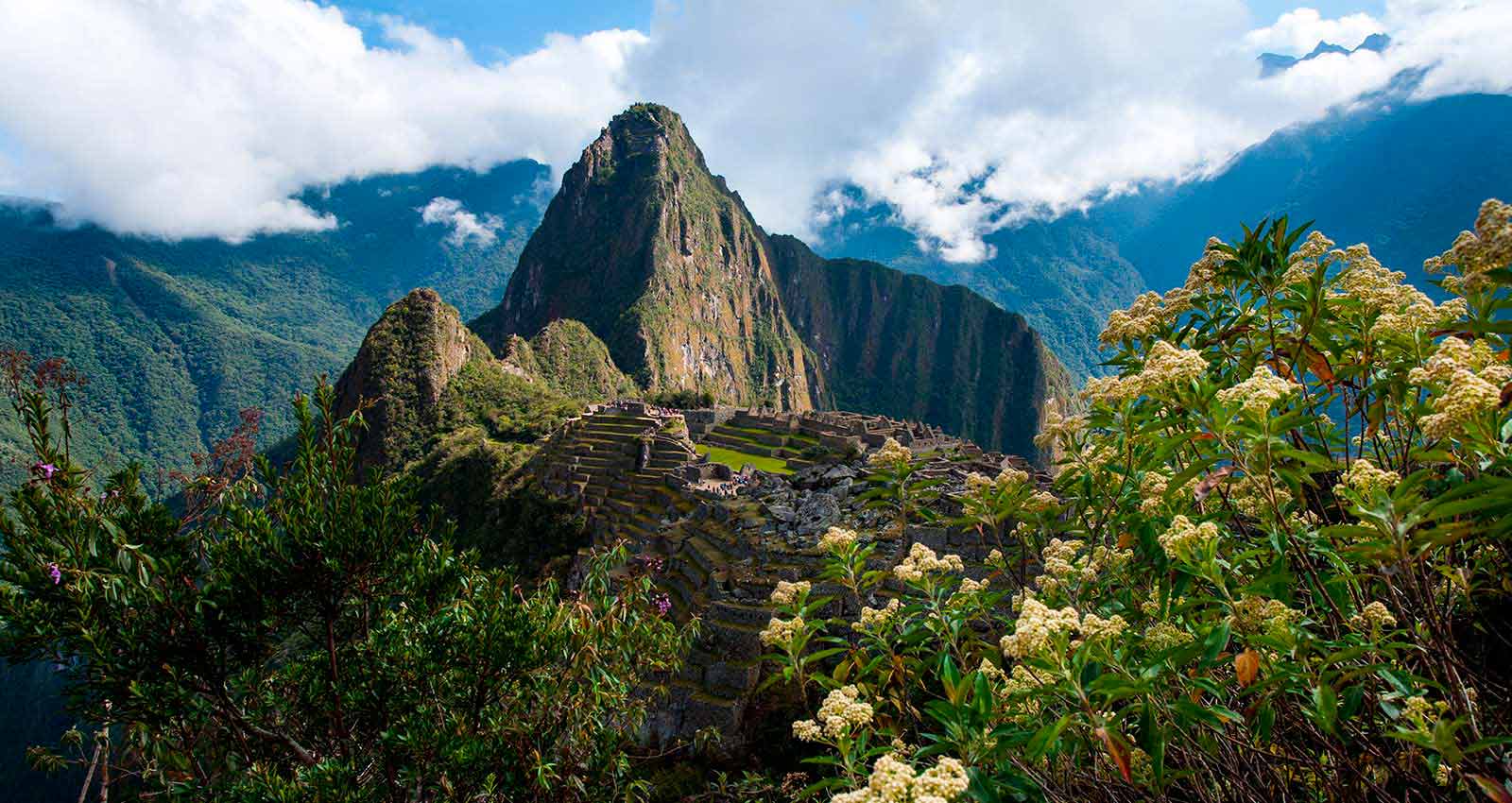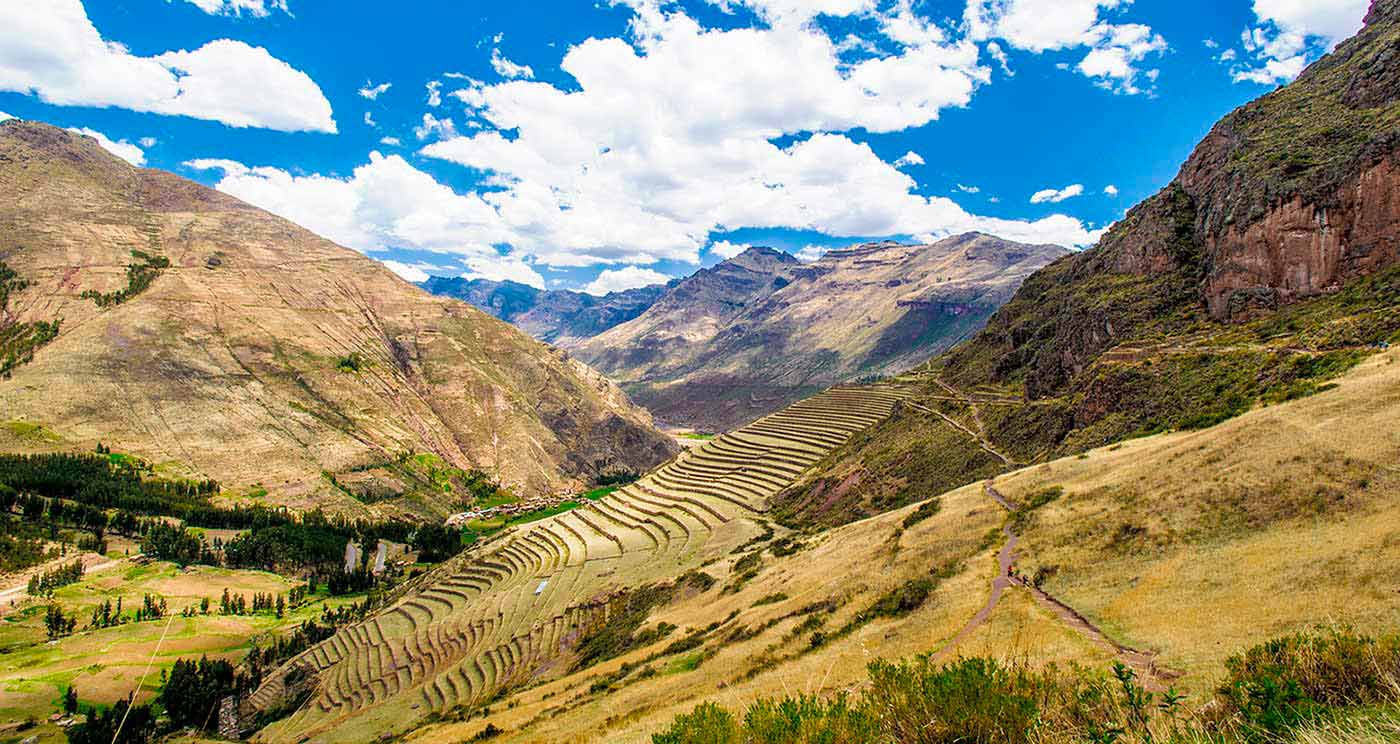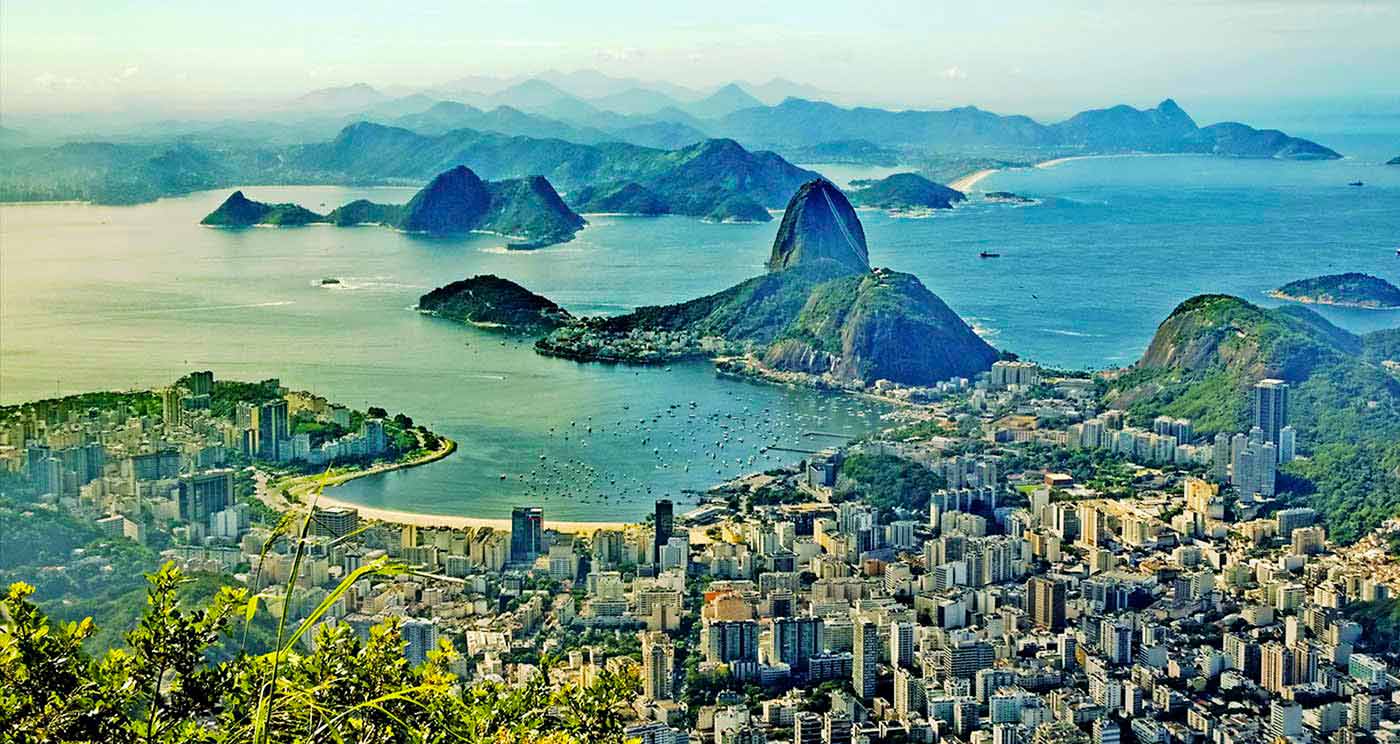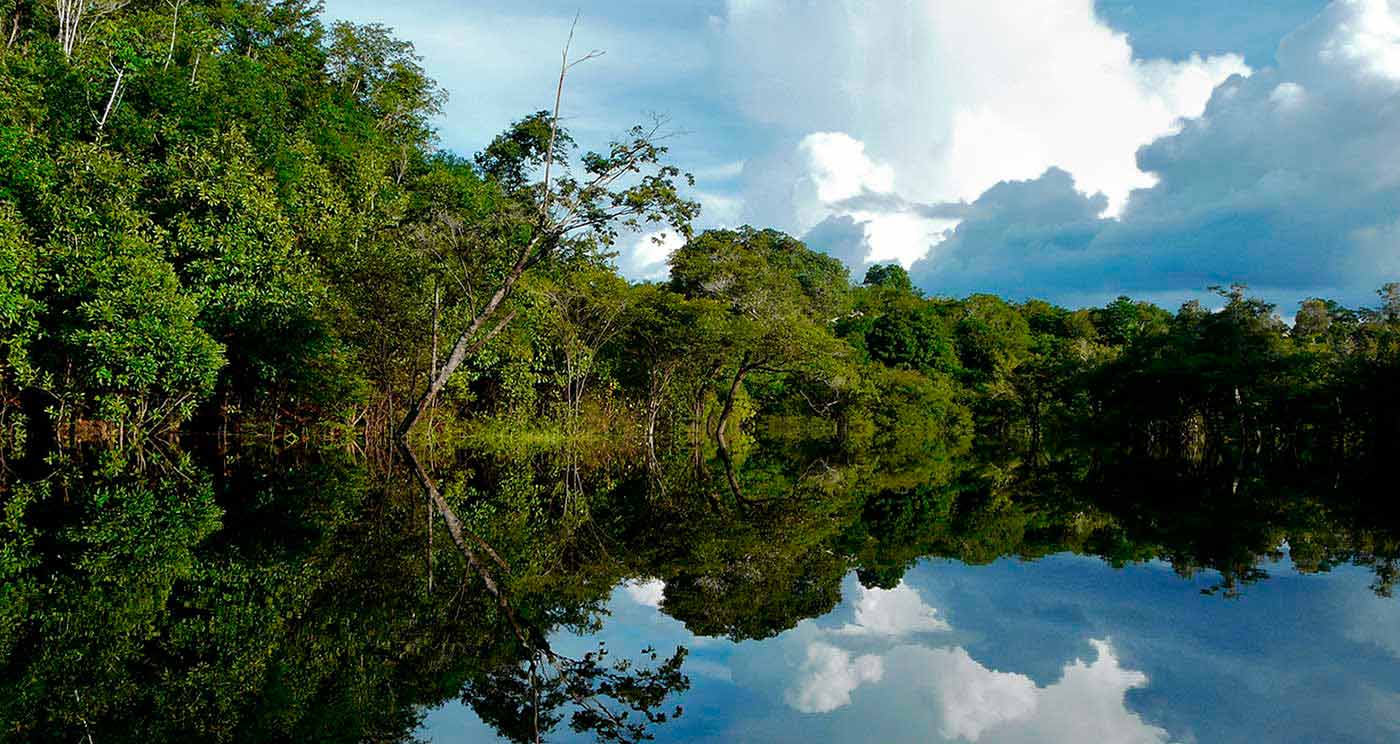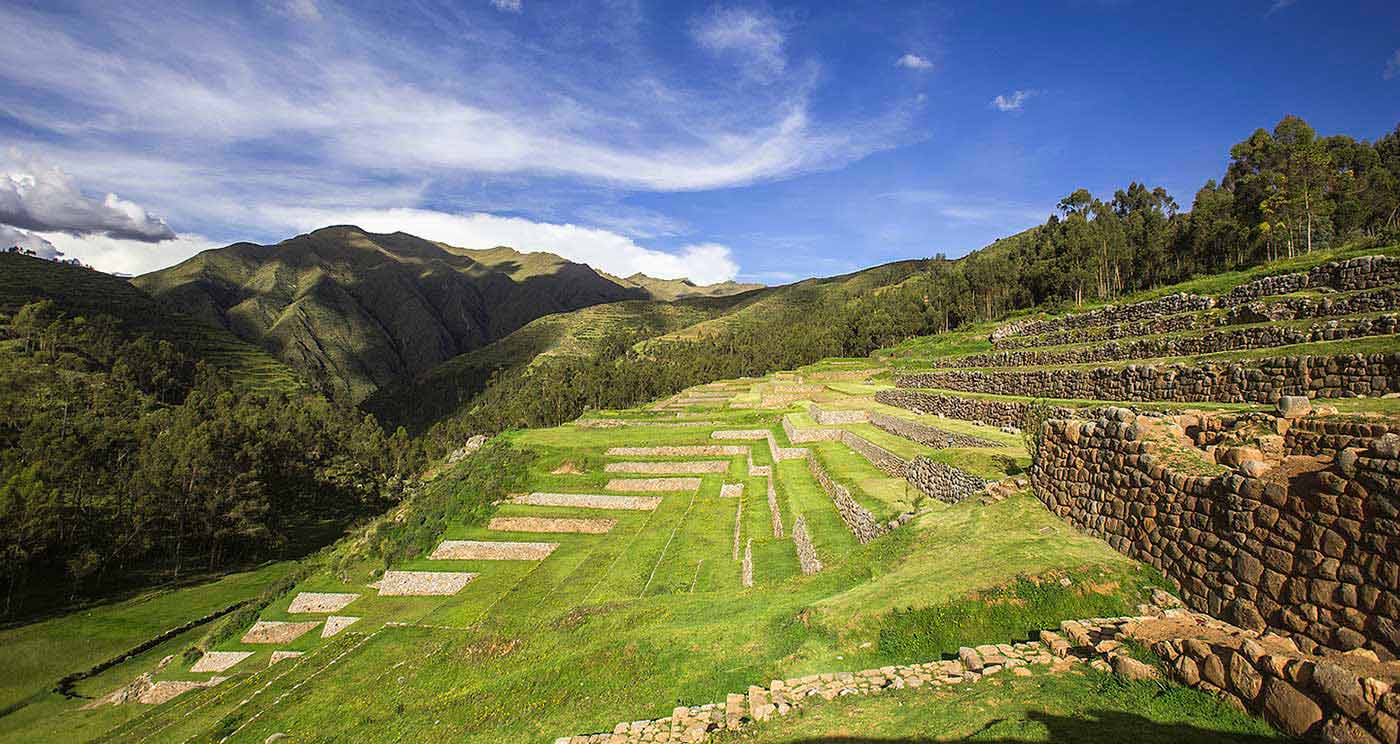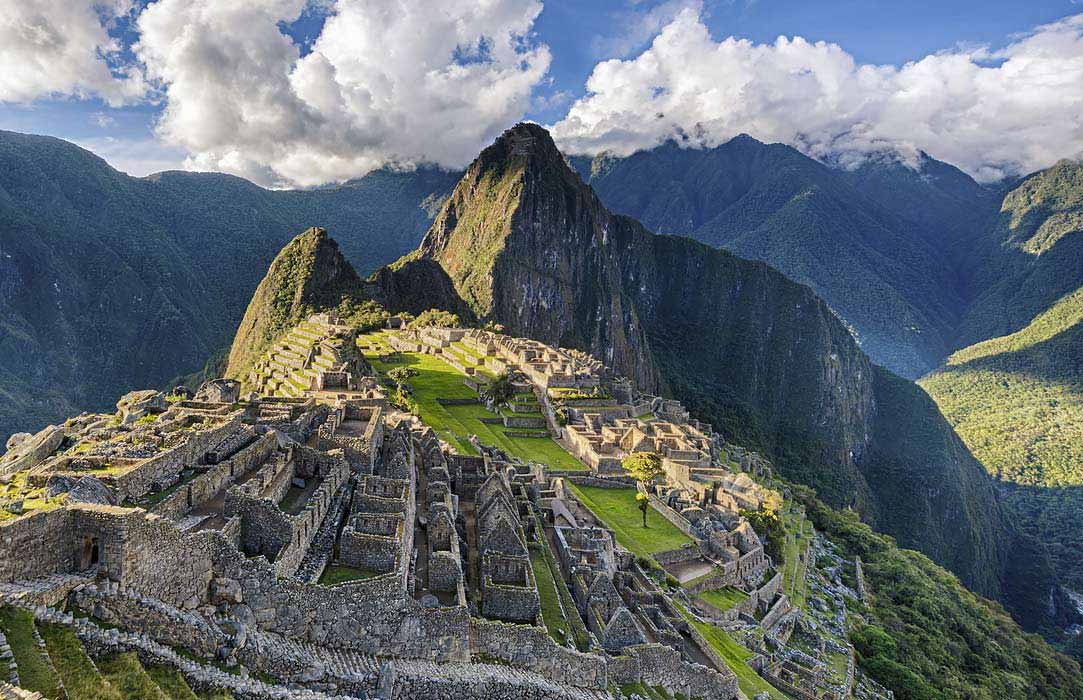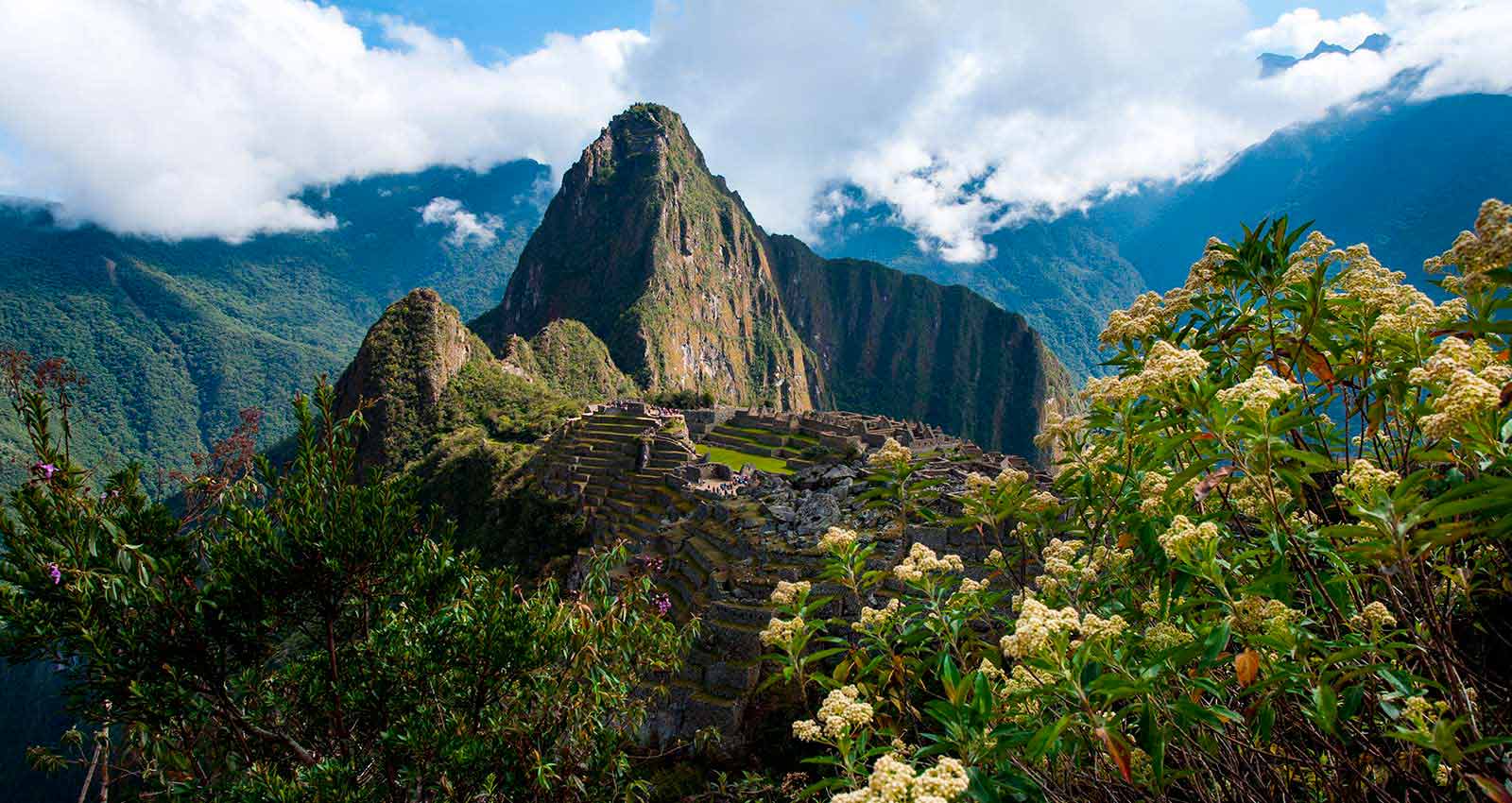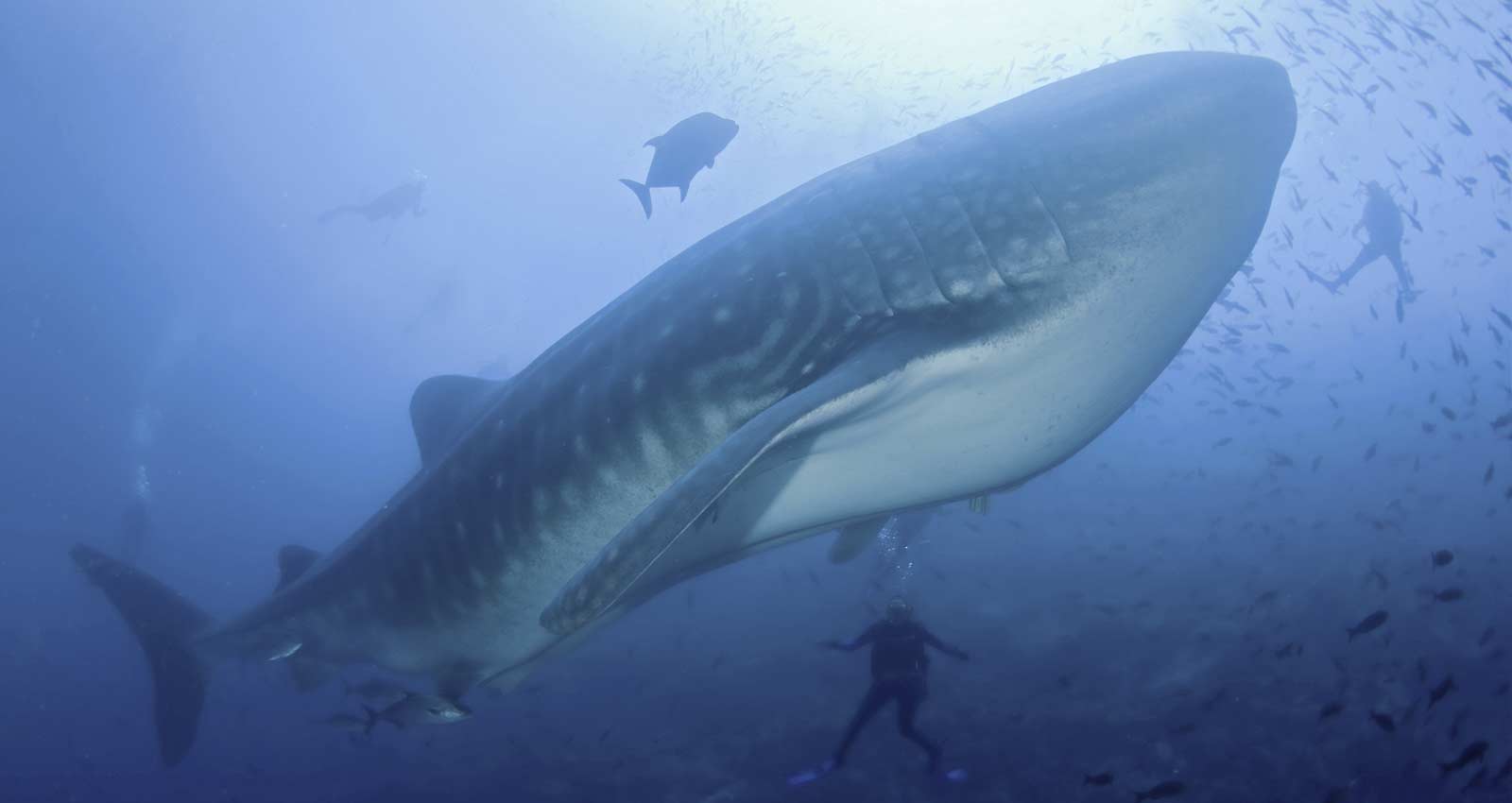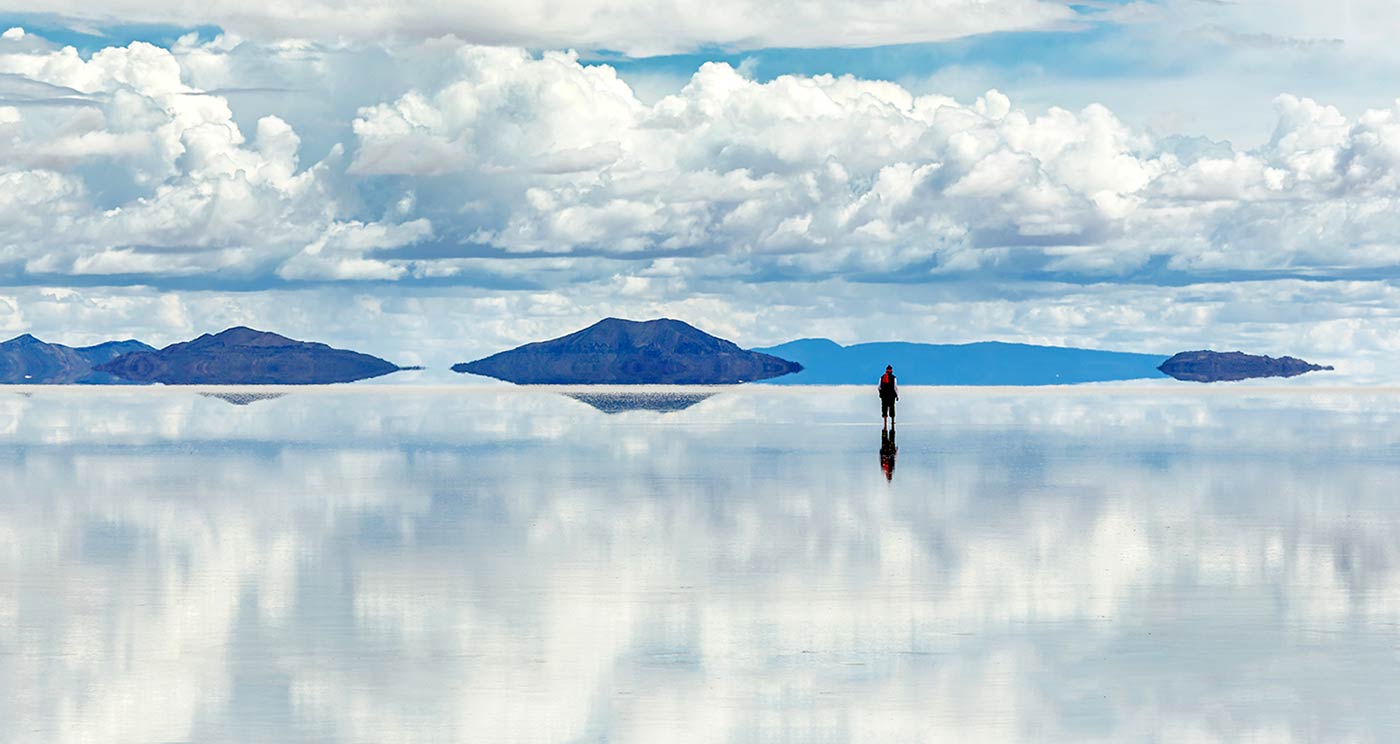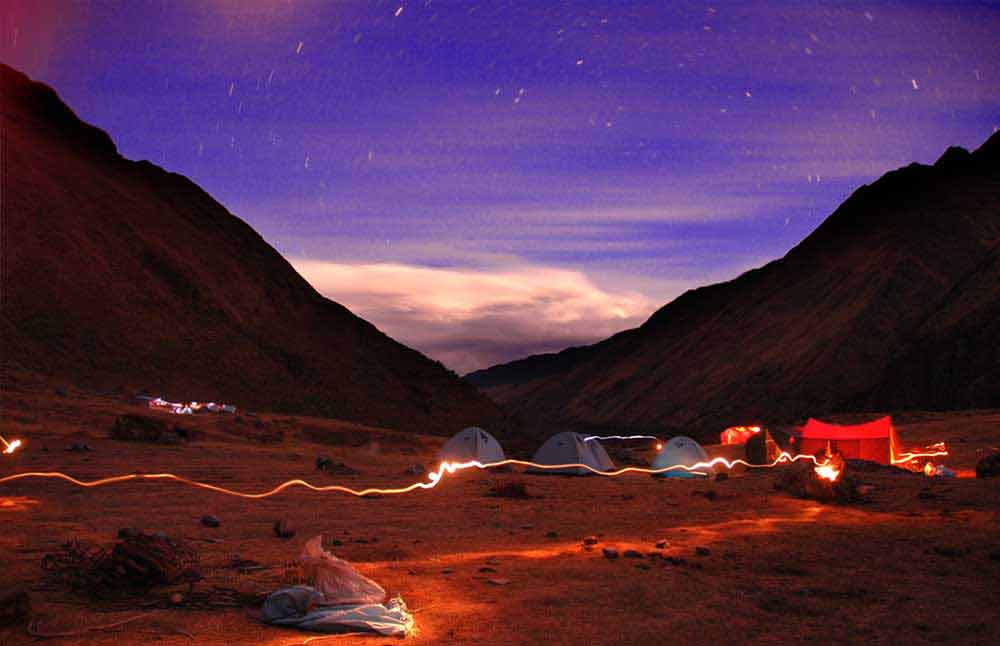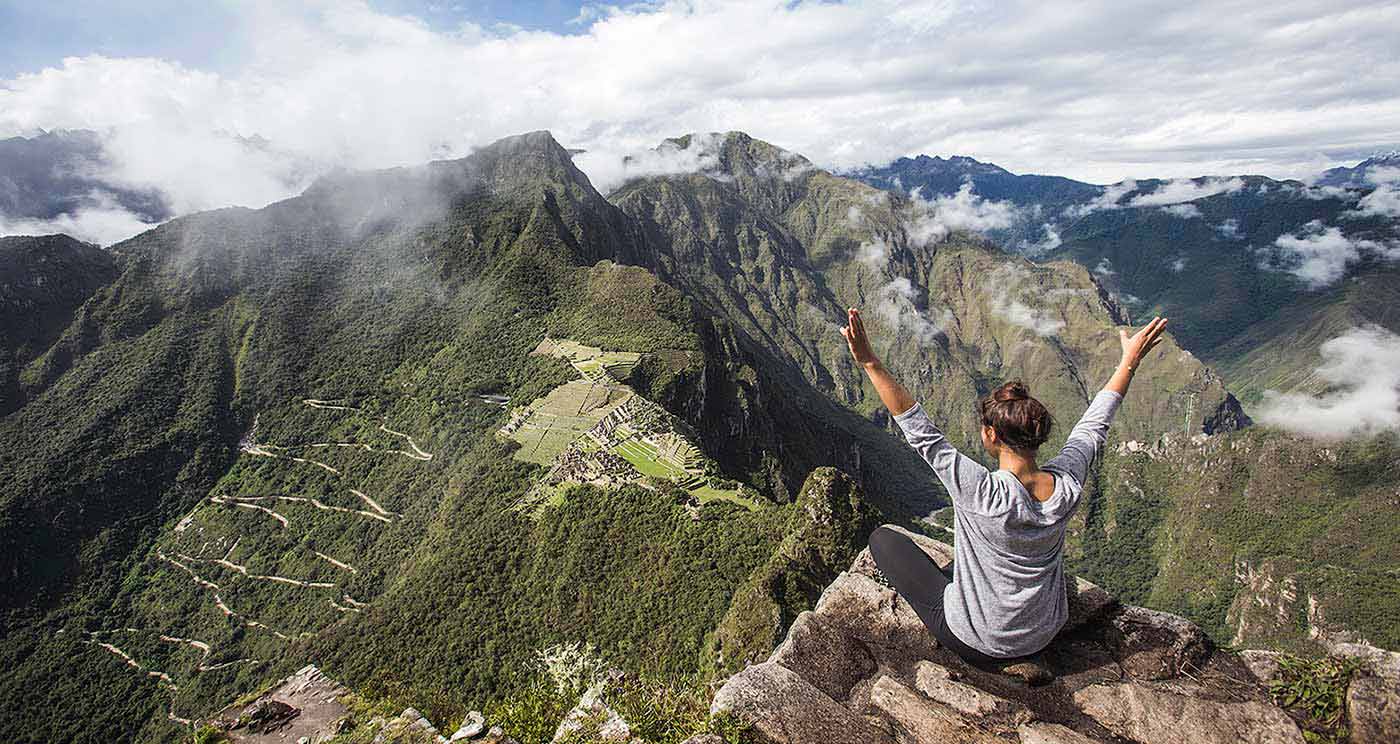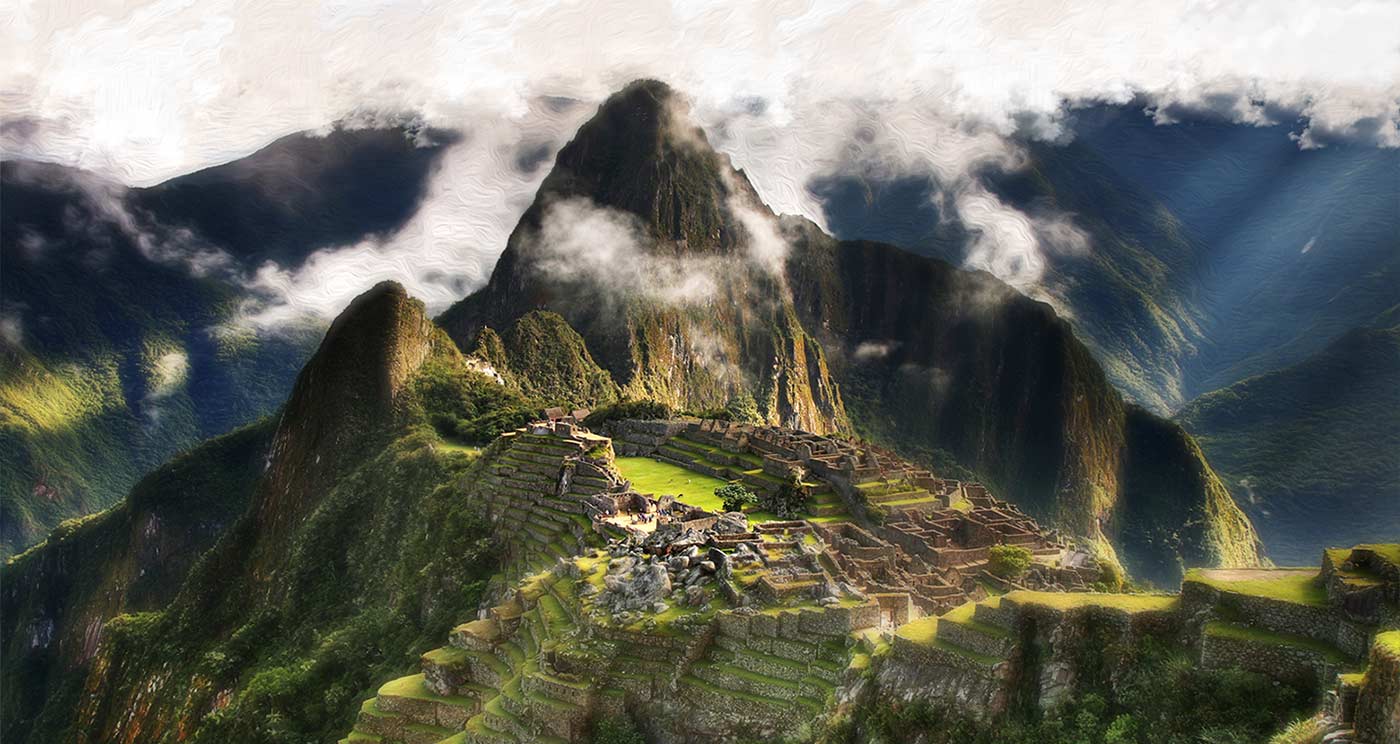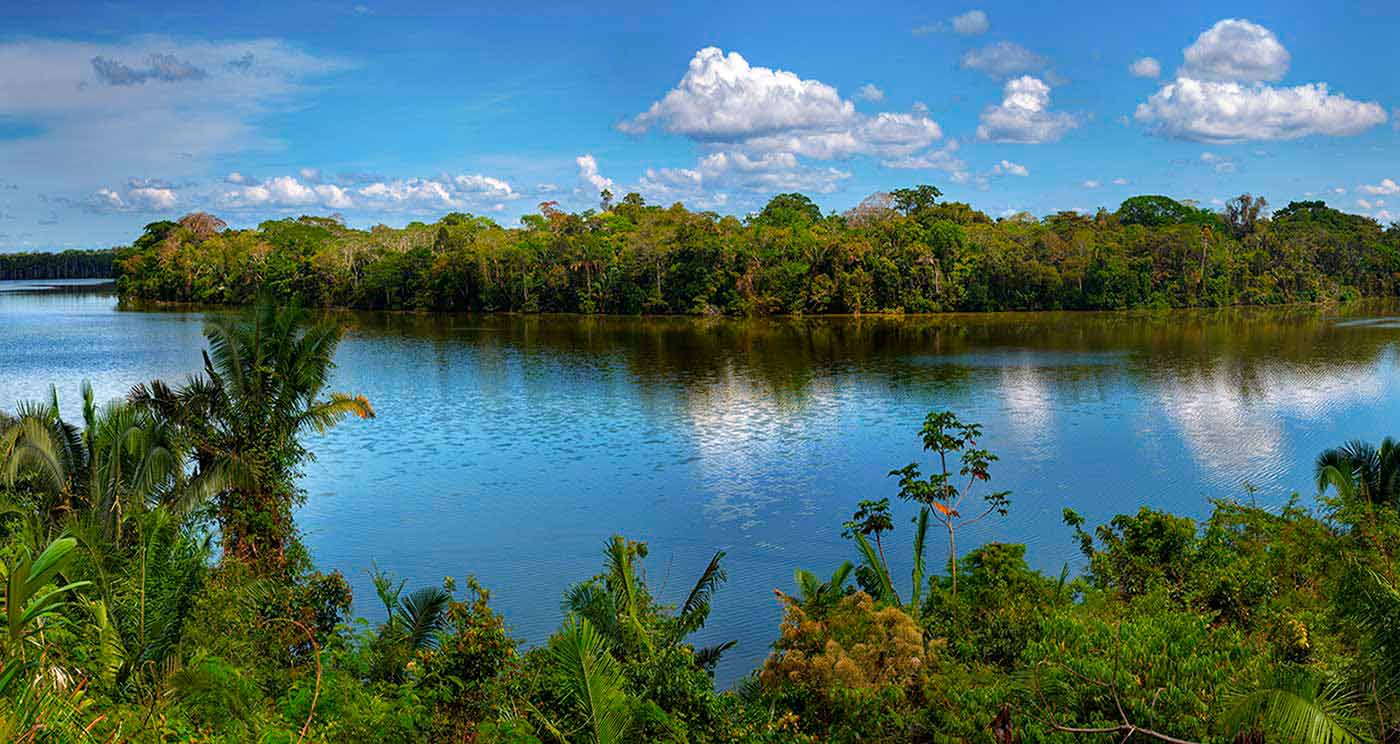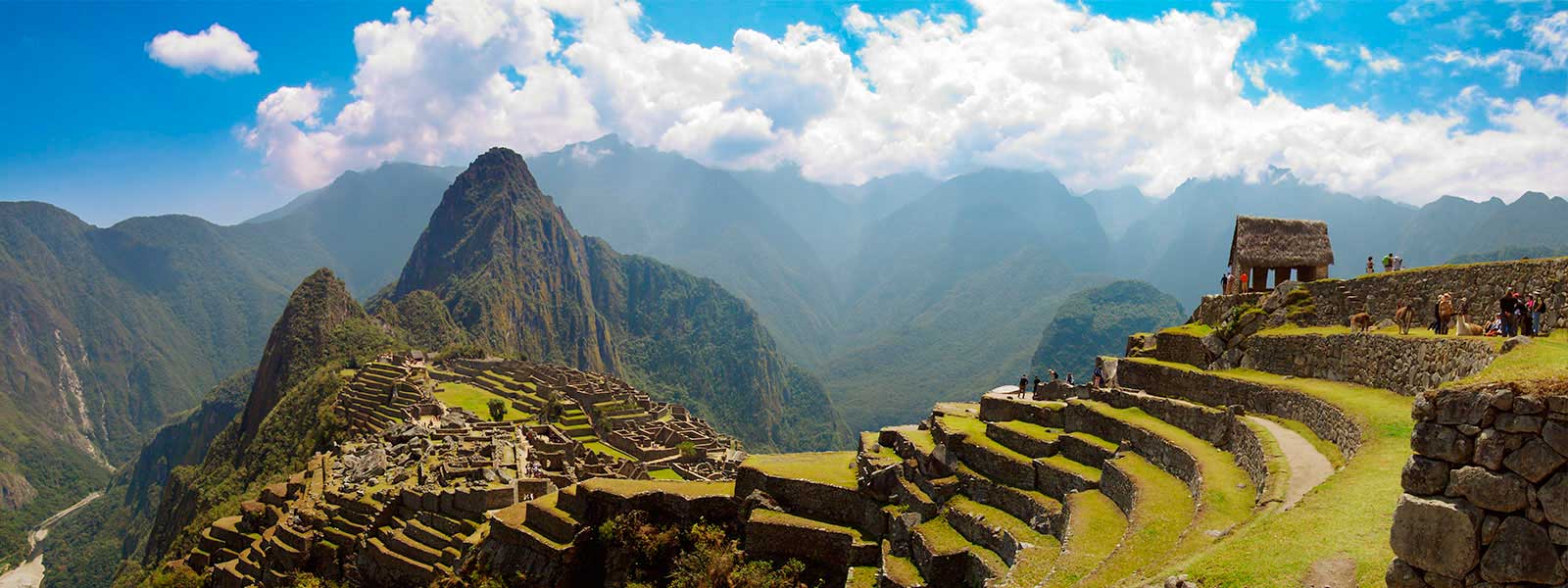Presented by Kim MacQuarrie, Four-time Emmy winner.
Machu Picchu is a 15th-century Inca citadel in the Peruvian Andes that was declared a UNESCO World Heritage site in 1983. Sometimes referred to as the “Lost City of the Incas,” the site was completely abandoned and undetected during the Spanish conquest. It wasn’t until hundreds of years later, in 1911, that this ancient marvel was rediscovered by American historian Hiram Bingham.
Unfortunately, most of the cities built by the Incas did not share the same fate. In fact, many were left in ruins by Spanish conquistadors—but Machu Picchu was majestically hidden in the mountainous cloud forests. As a result, this stunning archaeological jewel was spared and is the most well-preserved of all Inca cities.
Machu Picchu was actually believed to have been constructed as an estate for Pachacuti, an Inca emperor who ruled from 1438-1472. It is estimated 750 people lived there, and the city itself was comprised of residential areas for both royalty and commoners, ceremonial sites, a guardhouse, sophisticated irrigation systems, bridges, and more. Truly a sight to behold.
Though not all archaeological sites are as intact as Machu Picchu, there are near-endless ruins spread throughout Peru that show the architectural mastery of this mighty civilization. You can maximize your time in the Cusco region by seeing not only Machu Picchu, but many other lesser-known gems and natural splendors that were paramount to the early Incas.
Koricancha: This was the single most important temple of Tahuantinsuyo (Inca Empire), as it was dedicated to Inti, the primary deity of the Inca. In Quechua quri means gold and kancha means enclosure, so the name roughly translates to “Temple of the Sun.” This beautiful sacred temple was built under the order of Pachacutec after his victory over The Chancas in 1462 (historic enemies of the Inca).
This temple also included spaces to worship other gods like Wiracocha (creator deity), Illapa (weather god), and Mama Quilla (moon goddess). A variety of ceremonies and sacrifices took place throughout the temple, and the walls were originally plated with gold. When the Spanish conquistadores arrived, they were absolutely captivated by the temple’s beauty and stripped it of its gold and other valuables. They went on to demolish the temple and build the Church of Santo Domingo in its place.
Sacsayhuaman: This incredible archaeological complex is located on the northern outskirts of Cusco. The structure is made of megalithic walls, built from stones of different sizes that can weight as much as 138 tons. The stones are perfectly fitted together, with no mortar to assist. Both the massive scale and masterful construction have mystified archaeologists.
Though occupied, utilized, and expanded upon by the Inca from the 13th century, investigators have found that it was actually originally built by the Killke culture around 1100. Today, the ruins attract travelers from all over the world and they are also the venue for Cusco’s annual “Inti Raymi” celebration. This holiday takes place on June 24, around the winter solstice, and portrays the Inca ritual of worship to the sun god, or Inti.
The Sacred Valley of the Incas or Urubamba Valley: This lush valley in the Andes of Peru is nestled between the Inca capital of Cusco and the ancient sacred city of Machu Picchu. It is a picturesque, fertile area, with the roaring Urubamba River coursing through the foothills and agricultural terraces. Ruins are visible throughout the valley, with some of note being an impressive archaeological zone in Pisac and an ancient fortress in Ollantaytambo. The Sacred Valley is also home to many tiny colonial towns and weaving villages.
Visitors can come to explore the sites and immerse in the rich culture, as well as relax at one of the many riverside resorts or partake in an exciting outdoor adventure activity like hiking, biking, or rafting.
Short Inca Trail: The short Inca Trail is actually a two-day version of the classic four-day Inca Trail, which is one of the most famous treks on the planet. This trek is a wonderful option for those who want to walk these ancient Inca footpaths, but cannot commit to the full four days of trekking and camping.
The experience consists of one full day of hiking, followed by a night at an Aguas Calientes hotel, and the next day a Machu Picchu citadel tour with an expert, local guide. The 6-7 hour trek begins at KM 104 in the Sacred Valley and traverses through beautiful nature and archaeological sites, such as Chachabama and the orchid-surrounded Wiñay Wayna complex. Finally, you reach the famous Inti Punku, or sun gate, where you will get your first glimpse of Machu Picchu.
Salkantay: This majestic snow-capped mountain is the highest peak in the Vilcabamba mountain range. Sallqa is a Quechua word that means wild or savage, so it is often translated as “wild mountain.”
The proximity of Salkantay to Machu Picchu makes trekking it an attractive alternative to the Inca Trail. Via a 4 or 5 day trek, hikers have a chance to traverse through stunning mountain valleys, up past the tree line to the snowy peaks with an unparalleled view of Salkantay, and descend back through the high jungle and along the mighty Urubamba river before reaching Aguas Calientes, the little town at the base of Machu Picchu.
Aguas Calientes: Aguas Calientes, Spanish for “hot water” or “hot springs,” is a town on the Urubamba River. It is located at the base of the historical site of Machu Picchu, which can be reached in about 1.5 hours (mostly uphill) by foot, or 20 minutes by bus.
This town is the perfect spot to rest after a multi-day trek or to gear up for a Machu Picchu tour. There are also many restaurants, bars, and shops where visitors can connect with fellow travelers or loved ones. And, as the name suggests, there are also many natural hot springs in the area.
Please select your preferred Machu Picchu travel program:
